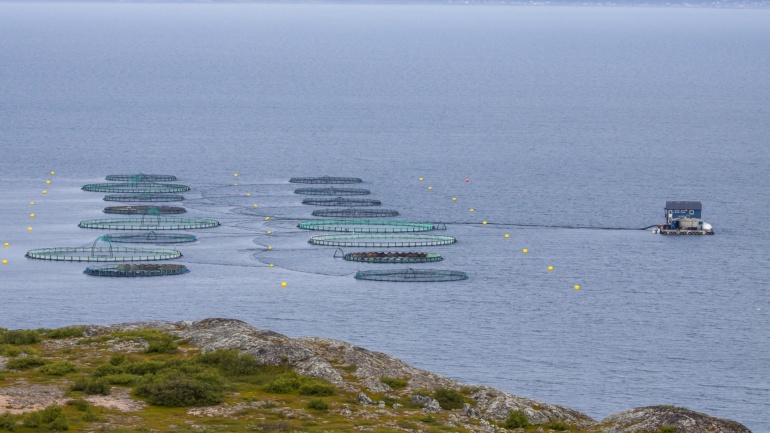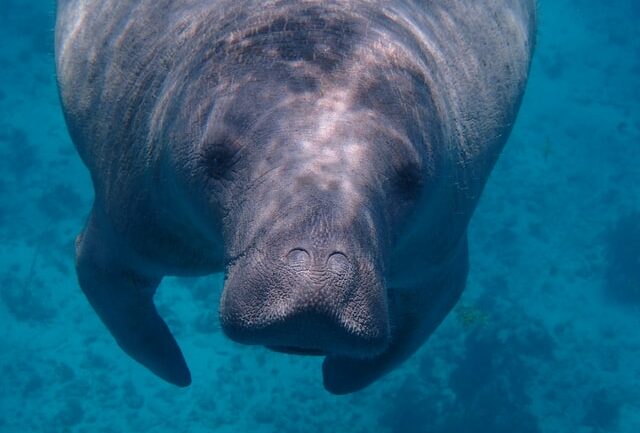By April Day
Saltwater intrusion is and will likely remain a continuing problem in Florida, particularly south Florida. According to the United States Geological Survey, saltwater intrusion has been increasing in Florida in the last five years. Along with the Geological Survey, the South Florida Water Management District is also monitoring, mapping and trying to manage saltwater intrusion in Florida. Millions of Florida residents depend on surface water and groundwater for drinking water. Saltwater intrusion is and has been threatening Florida well-water since the 1940s. Canals, too-deep wells, pumping too much freshwater from aquifers, industrial waste, reduced rainfall, drought events, storms, leakage between aquifers, increased population and rising sea levels have exacerbated saltwater intrusion. Along with other water management plans and investments, desalination may provide a solution.
As perhaps an oversimplification, desalination is a process that removes salt and other substances from saltwater or brackish water. Desalination allows treated water to be used for many purposes such as drinking and agriculture. The costs of removal increase as the concentration of dissolved salts to be removed increases. Desalination produces brine, which must be managed responsibly.
Seawater can be a part of the water resources available to Florida’s coastal communities thanks to desalination. According to the South Florida Water Management District, Florida boasts more than 120 desalination plants. That is the most in the nation.
There are different types of desalination technologies: distillation, electrolysis and reverse osmosis. The last method, reverse osmosis, is the most used technology these days, according to Domenico Curto, Vincenzo Franzitta and Andrea Guercio in their article Review of the Water Desalination Technologies published in Applied Sciences. According to the Florida Department of Environmental Protection, Florida desalination plants also use reverse osmosis the most. Innovations in desalination technologies include filtration methods: forward osmosis, nano filtration and capacitative deionization. Other developing technologies rely on crystallization, having ice that produces freshwater as an intermediary: secondary refrigerant freezing, hydration and vacuum freezing.
The current costs of desalination are from $2 to $5 per 1,000 gallons of water. Brackish groundwater costs less to treat compared to seawater.
The benefits of using desalination include diversifying the water supply, allowing natural water sources to recover from human use and providing a stable water supply. Drawbacks include permitting difficulty and environmental concerns regarding intake points and managing brine. Curto and colleagues specify the benefits and drawbacks of different desalination technologies, concluding that reverse osmosis unit represents the best available technology based on previous statistics. Innovation in energy recovery devices have put desalination costs on par with other water treatment technologies.
In the coming years, Florida will probably continue to face saltwater intrusion and rely on desalination. While identifying energy sources may be a challenge, several technologies can use renewable energy and can be designed to capture the energy within the desalination system. For this technology, there are also likely opportunities for developing more energy efficiencies. Other alternative water supplies will also have to make-up the difference for water use in Florida including recycled / reclaimed water for non-potable uses. In addition to leading the nation in desalination by treating both seawater and brackish water, Florida also is a leader in water reclamation. Still, it is likely that further technological innovations and developments are needed. According to the Florida Department of Environmental Protection, even with these positive efforts and current technologies, Florida may not meet projected water demand by 2030.




